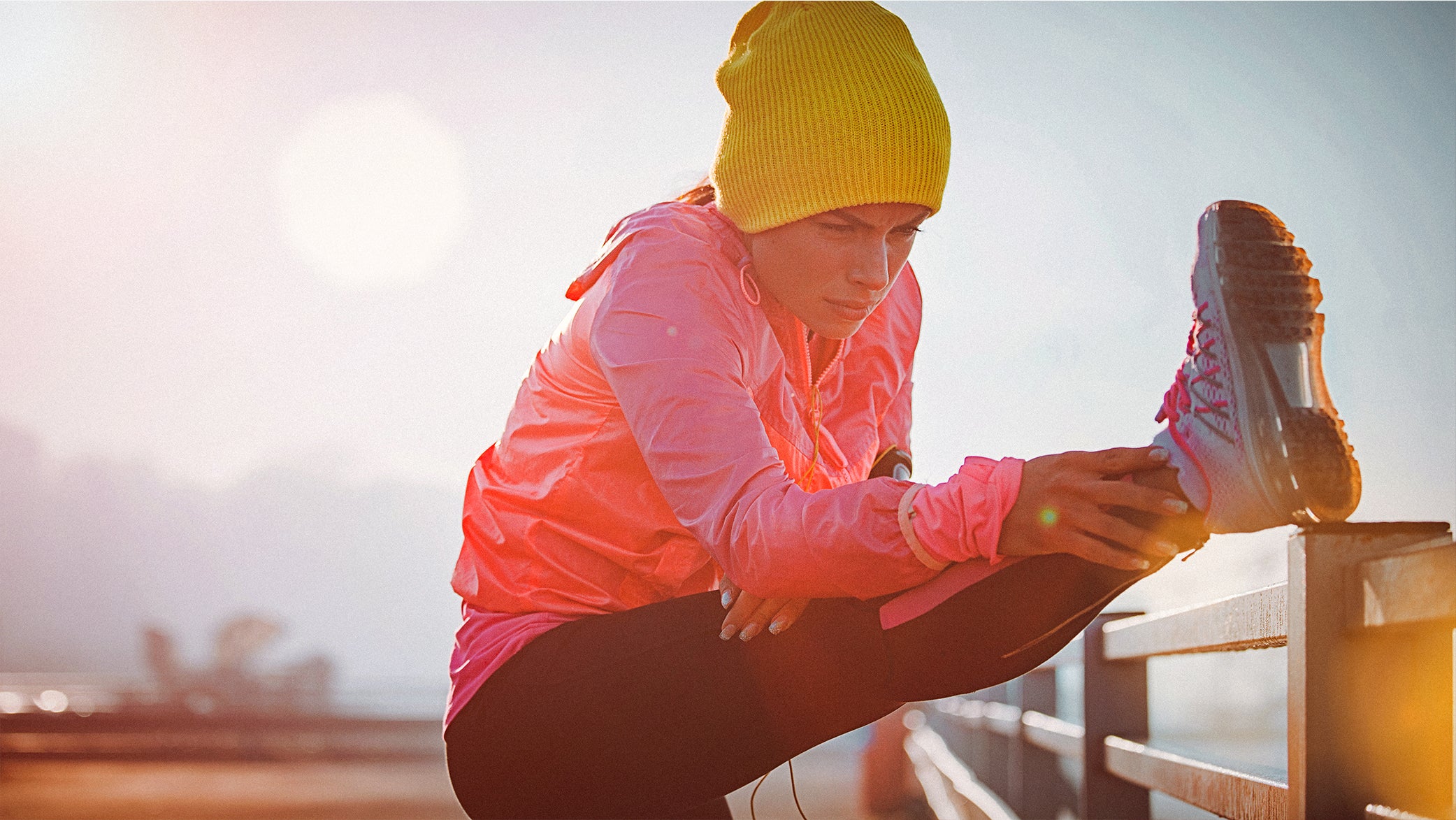The Importance of Stretching
November 2021

Of the incredible number of confusing topics in the world of fitness, stretching is in the top ten. Like so many other hotly debated exercise subjects, it seems we are constantly bombarded with articles supporting both sides of the argument.
While there are numerous types of stretching modalities, you are likely most familiar with what is known as static stretching. It’s been around for decades, your parents and grandparents did it, and you probably did it in gym class and during sports from a young age. It simply entails holding a position like touching your toes (to target the hamstrings),or pulling up on a foot while standing (to stretch the front of your thighs). The static form is the one that is the most hotly debated when it comes to stretching.
Flexibility
In the world of exercise science there are five specific components widely agreed upon that together can support fitness: Muscular strength, muscular endurance, cardiorespiratory endurance, body composition and, yes, flexibility. Flexibility, the ability of your body to move through its optimal range of motion, is thus an important component of our physical health. One of the primary ways that you can maintain your flexibility is through stretching.
Stretching for Sedentary Lifestyle
Thanks in large part to the advances in technology, most of us are sitting more and more, and moving less and less. This is not good. Your body was not designed to be still and the more time spent being inactive, the more health problems can arise. Another negative side effect of increased time spent sitting is tight muscles. Staying in the same position for hours upon end, day in and day out, can lead to shortened and tight hips, lower backs and more. One simple yet effective way to counteract the deleterious effects on our muscles from sitting? Stretching.1
Stretching for Your Workout
It may seem counterintuitive after discussing how inactivity can lead to tight muscles, but, yes, physical activity can also have the same harmful effects on your flexibility. This is especially true when you engage in the same type of exercise on a regular basis. Running, cycling, swimming – you name it; when you perform the same repetitive movements over and over, utilizing the same muscles in the same way, problems can arise. This is one of the reasons why it’s so important to engage in numerous forms of exercise; changing the muscle recruitment patterns helps to naturally prevent flexibility issues from occurring. But, regardless of the type of exercise you engage in, muscles will become tighter and stretching will help maintain your flexibility.2
Flexibility and Aging
It is indeed true that your chronological age is just a number. You have some control over the age-related physiological changes that happen as you age, especially those that correspond with the five components of fitness, including the loss of muscle mass (body composition), loss of muscular strength and loss of flexibility.
Muscle Tightness in The Body
Your body’s a very smart machine, yet it is only as strong as its weakest link. Your body is designed to function as a well-oiled kinetic chain, which simply means that movement in one part of your body sets off a chain of events that affects other parts of your body as well. When muscles are tight and unable to move in their range of motion, it can upset the natural movement patterns, resulting in discomfort and pain. It is therefore imperative that you maintain flexibility throughout your entire body to help keep your muscles performing well.
How to Stretch and When
While the debate concerning stretching will indeed continue, top organizations like the American College of Sports Medicine3 agree on a few simple guidelines when it comes to static stretching:
- 1. Stretch all your major muscle groups
- 2. Hold each stretch for 15 to 30 seconds
- 3. You should feel a gentle stretch, not pain
- 4. A great time to perform static stretching is after exercise, when the muscles are warm
True physical fitness comes from balance, from doing a little of everything on a regular basis. This holds true for cardiovascular exercise, strength training, and, yes, stretching. To determine which type of stretching is best for you and when, speak with a qualified fitness professional or health care practitioner.
References:
- Berg HE, Eiken O, Miklavcic L, Mekjavic IB.(2007). Hip, thigh and calf muscle atrophy and bone loss after 5-week bedrest inactivity. Eur J Appl Physiol. 2007 Feb;99(3):283-9. Epub 2006 Dec 22.2Bloomfield SA. (1997). Changes in musculoskeletal structure and function with prolonged bed rest. Med Sci Sports Exerc. 1997 Feb;29(2):197-2063http://www.acefitness.org/acefit/healthy-living-article/60/1478/why-do-muscles-tighten-up/
- Page, P. (2012). CURRENT CONCEPTS IN MUSCLE STRETCHING FOR EXERCISE AND REHABILITATION. International Journal of Sports Physical Therapy, 7(1), 109–119.5http://www.acefitness.org/acefit/healthy-living-article/60/1478/why-do-muscles-tighten-up/
- Garber, et al., (2011) Quantity and Quality of Exercise for Developing and Maintaining Cardiorespiratory, Musculoskeletal, and Neuromotor Fitness in Apparently Healthy Adults: Guidance for Prescribing Exercise.Medicine & Science in Sports & Exercise: July 2011 – Volume 43 – Issue 7, pp 1334-1359
Related Articles
-
 Read article
Read articleFive Tips for Recovery with Professional Triathlete Rach McBride
I began racing triathlon in 2006 and quickly realized that this sport was an obsession I...
-
 Read article
Read articleHow to Fuel Your Workout
Learn tips on how to fuel your workout from professional triathlete, Joe Gambles.
-
 Read article
Read articleHow to Fuel Your Workout
Ever have those days where getting to the gym takes much more effort than your actual...








